It’s a sunny day on a tropical island somewhere in the Atlantic Ocean. The tinkling of a piano accompanies tourists’ light chatter, dampened by the plush red carpet of a casino. A nondescript brown door looms in the distance. One tourist breaks from the group and heads towards it.
The door swings open, revealing 20 buff folks in orange jumpsuits battering a group of agents in dapper suits over the head with clubs. They are standing on a pile of body bags as a fire rages behind them. From a side door, a valet appears and escorts the bemused tourist back to the bar.
This isn’t an uncommon occurrence in Evil Genius 2. You design your base around one or two entrances, and thus all of your confrontations will be at these bottlenecks. The results are always the same: fire and body bags. Mountains of body bags. Body bags as far as the eye can see.
Evil Genius 2: World Domination Review — Boggles the Mastermind
And what’s the problem with body bags besides the mess? Body bags sap your minions’ morale. Luckily, your Valets can take them to a generator room and dump them in incinerators.
But they won’t.
Your minions in Evil Genius 2 are incredibly dense, following basic routines and basic behaviors. Scientists and Valets prioritize jobs in the labs and the casino front to your island, respectively. Guards kick back in the armory, watching camera screens for intruders, responding to incursions. They’re all expendable, and outside of cash, they are your main resource.
For those unfamiliar with Evil Genius, the original nefarious mastermind game, it is exactly what you’d expect. You play an evil genius, and you build your secret lair. To do so, you clear out the innards of a mountain, making a labyrinthine base full of labs, canteens, dorms, training rooms, and other dastardly areas.
Your regular yellow-jumpsuit-wearing minions are useless, so you need to specialize your flunkey pool by kidnapping new types, interrogating them, and building a trainer so that you can upgrade your force. All of this costs cash, so you need to top up your slow but steady income by sending minions out to the world map to secure beachheads on various continents, each protected by its own secret agency and associated super agent.
From here, you conduct operations. The more cash they earn, the more time they take, or the more minions they require, and the more heat they generate. This lures special agents to your base, all of which attempt to discover your secrets. The more intel they can report back, the more heat you accrue, the stronger attacking forces are.
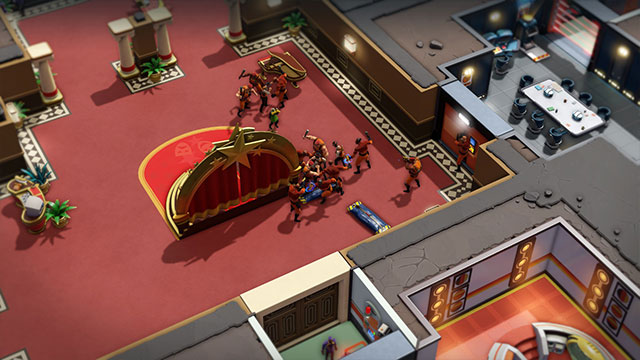
This process forms the core loop of the game. Within this loop, your objectives tend to be variations on the main mechanical pillars. You send agents out to tackle specific objectives on the world map or lure agents in to beat them.
Sadly, there isn’t a huge amount of variety here.
Objectives feel nice and thematic — hunting for fuel for your super weapons, luring targets to your base to interrogate them, robbing banks, and so on — but the differences are all relegated to flavor text. The actual action is always the same.
Progress comes at a snail’s pace. Objectives are a long list of demands, and because of schemes taking anywhere between three minutes and an hour to complete, you’re in for the long haul as you chip away at the laundry list of tasks to complete.
Luckily, hanging around the base of an Evil Genius is actually a good time. All of the visual elements are delightful, from the chic, angular ’60s HUD design to the island’s lovingly-rendered interior. The game leans heavily on that particular vintage feeling often associated with The Pink Panther, Hanna-Barbera, and Saul-Bass-style credits sequences.
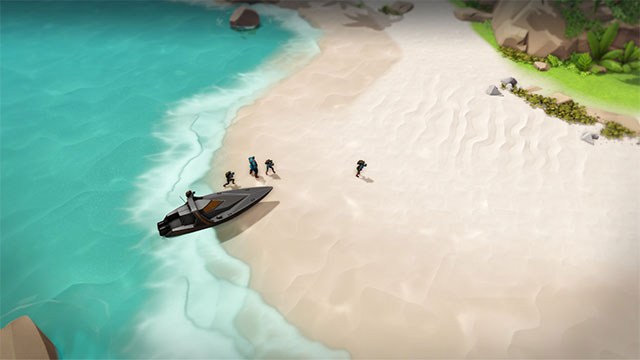
Minions wander around your base on their schedules (when they aren’t being turned into body bags) and exercise, eat, sleep, man work posts, and so on. It’s all animated charmingly with a comic flair that brings to mind the black comedy of Dungeon Keeper and Theme Hospital. Personal favorites include the silly, hands by the side, knees high run that Valets do before they raise a hand and usher pesky agents out of your base.
It’s good that they’re charming too, or I’d make more use of the Mastermind’s ability to kill them for a brief morale boost.
You can’t directly control your minions, so, as mentioned, they make plenty of mistakes and ignore huge incursions into your base. Your Mastermind and Henchmen can be controlled and tend to have two abilities with a few stats; they can do useful things like instantly train minions in an aura or drain the suspicion from agents that are poking around.
Planning trap layouts and chokepoints is fairly rewarding, especially when you get through to the later levels like Shark Pools (watching agents plummet into those is something that is never less than chuckle-worthy).
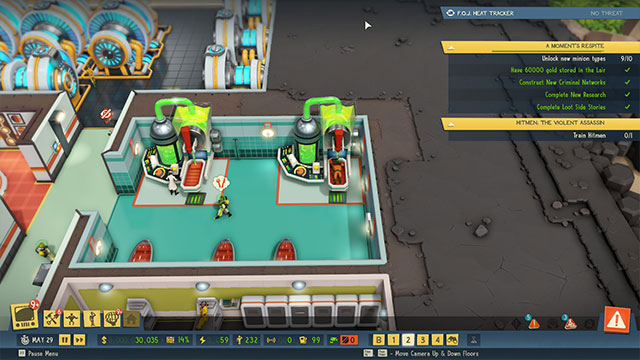
It’s too bad, then, that the second half of the tech tree is locked behind Evil Genius 2‘s lengthy story, meaning you’re left waiting on those fun toys for a long, long time.
New minion types are also stuck deep in the story tree. There are ways to bypass this; I spent most of my time in the Maximillian campaign that the game recommends you start with, but you can start a custom campaign with one of the three other Masterminds, each with their own abilities and story paths.
There’s also a creative mode that turns off the story completely, ideal if you like to build super complex bases with no pressure.
With all the variations of doomsday devices each Genius’ gets, the different demands of each of the four island bases, the order in which you hire your henchmen, the super agents you can attract and take out, there’s plenty of mileage to get out Evil Genius 2. If you’ve got the patience to dig past the tougher parts, there are nuggets of real joy to be found as you unlock the next story beat.
Evil Genius 2: World Domination Review — The Bottom Line
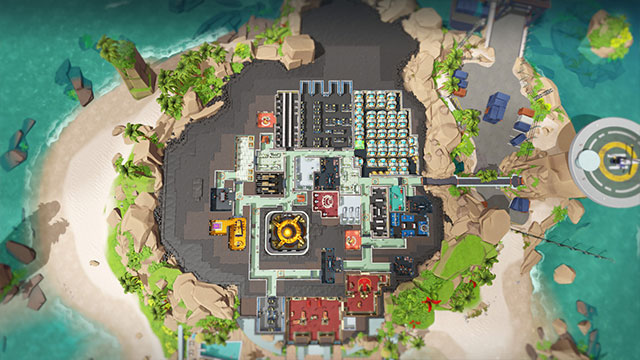
Pros
- Being a villain is a fun twist on the usual video game power fantasy
- Aesthetics are strong with great visuals and audio design
- Humor is light and well-observed; it never gets in the way
- Great amount of visual variety between traps, minions, rooms, and upgradeable items
Cons
- Every task takes a long time, and there are very few shortcuts
- Minions can be frustratingly stupid, causing catastrophic domino effects
- Repetition can set in long before you see the end of a campaign
The overall feeling here is of a game that has a fun core but isn’t really fleshed out around that. The differences between everything feel largely cosmetic. These cosmetics are good, mind, and the design work is impeccable as it follows on from the first game’s strengths. But none of that helps you get past the fact that you are interacting with the same icons on the map over and over, doing the same handful of tasks, and repeating everything as progress crawls forward.
This doesn’t make Evil Genius 2 a bad game at all — not in the slightest. And Rebellion have definitely stayed true to the original formula while ironing out some of the stickier annoyances.
There are definitely optimization strategies to speed things up. Still, it definitely feels like a game that wants you to tackle it at a set pace, and that’s one that some people may find frustratingly slow, especially with many of the most tantalizing features just out of reach.
[Note: Rebellion provided the copy of Evil Genius 2 used for this review.]

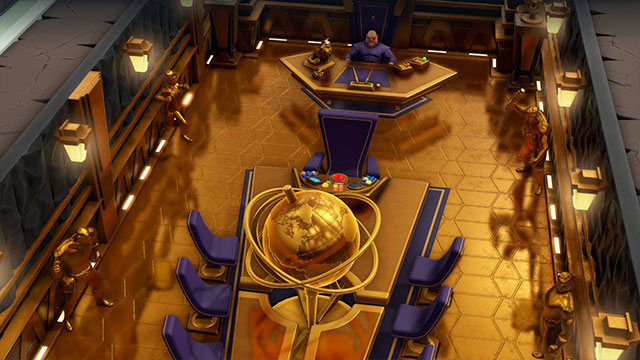








Published: Mar 28, 2021 06:53 pm